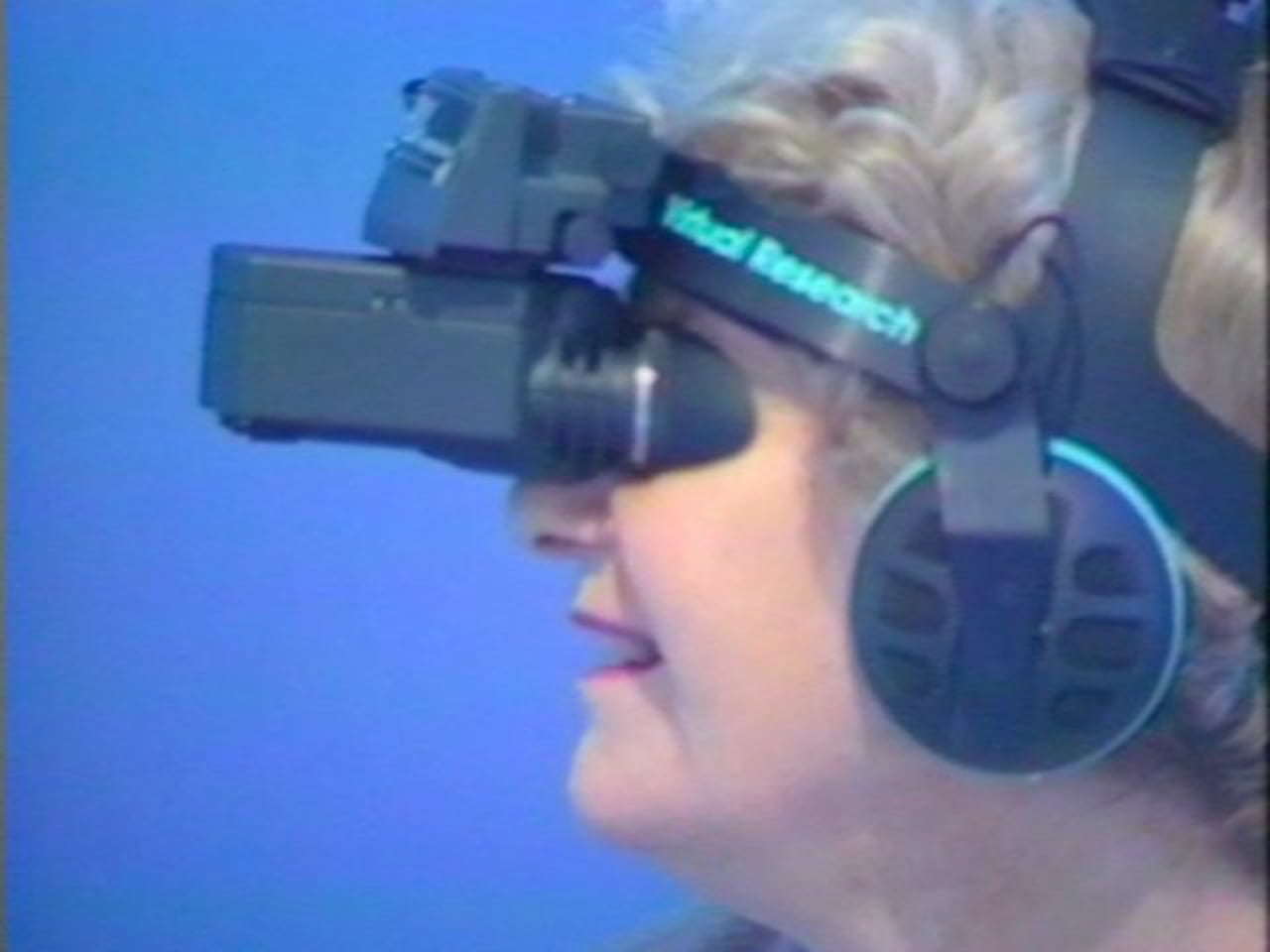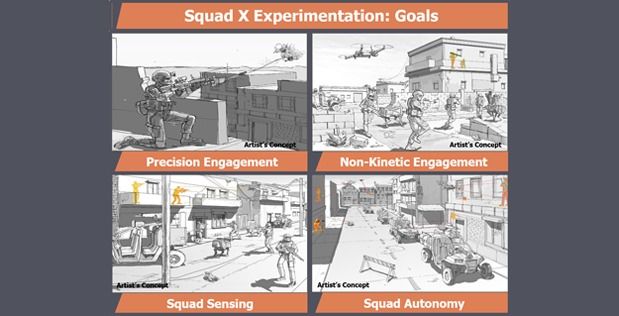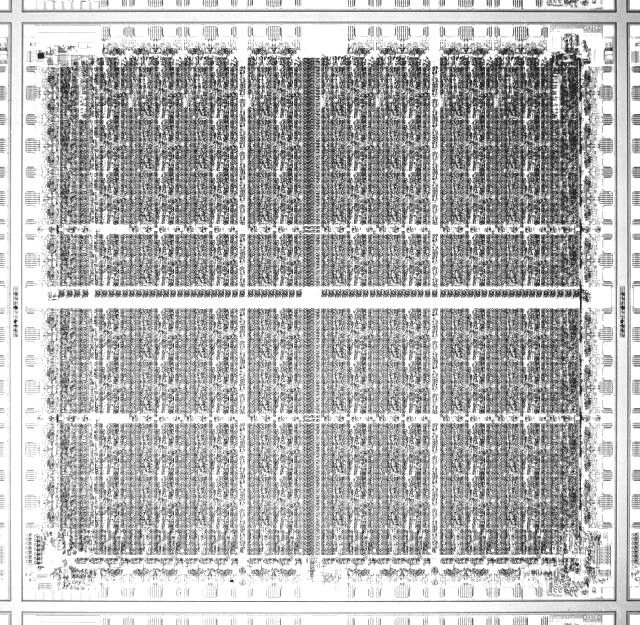Page 11301
Mar 16, 2016
Danish intelligence agency to start ‘hacker academy’ to fight cyber warfare
Posted by Karen Hurst in categories: cybercrime/malcode, military, neuroscience
This is interesting; especially for us who have been engaged in the Cyber Security Warfare for a while. In the 90’s, the top hackers at the time got much of their training out of a known network ring of hackers in Denmark. In fact, they had an underground monthly magazine I believe it was called “Hacker 77” or something like that. Anyway, now Demark is setting up an academy to teach others to combat hackers.
The Danish security and intelligence service PET has announced plans to recruit talented IT nerds interested in helping the Danish state with its cyber espionage against foreign powers like terrorist organisations.
The agency has today launched a marketing campaign for what the media is calling a “hackers’ academy” with the slogan: “Have you got what it takes to become a member of a secret elite unit?”
Continue reading “Danish intelligence agency to start ‘hacker academy’ to fight cyber warfare” »
Mar 16, 2016
SFCI Archive: Virtual Reality: An Emerging Medium (1993)
Posted by Shailesh Prasad in categories: education, physics, virtual reality

studioforcreativeinquiry.org/projects/the-networked-virtual-art-museum
studioforcreativeinquiry.org/projects/iten-interdisciplinary-teaching-network
Directed by Carl Loeffler, The Networked Virtual Art Museum was a pioneering project that investigated telecommunications and virtual reality, and provided a basis for multiple users located in distant geographical locations to be conjoined in the same virtual, immersion environment. The project employed telecommunication hardware, as well as the hardware associated with virtual reality: data eyephones and multi-directional navigation devices. The immersion environment was an art museum with galleries offering various exhibitions.
Continue reading “SFCI Archive: Virtual Reality: An Emerging Medium (1993)” »
Mar 16, 2016
Astronomers discovered unexpected activity on a giant asteroid that could point to something huge
Posted by Sean Brazell in category: space
(NASA/JPL-Caltech/UCLA/MPS/DLR/IDA) Ceres’ unusually bright spots.
Nestled 250 million miles from Earth, between the orbits of Mars and Jupiter, is the largest object in the asteroid belt: Ceres.
It’s home to some of the most puzzling features ever observed in our solar system, including a giant pyramid that dwarfs many mountains on Earth and several dazzling bright spots inside a 50-mile-wide crater.
Mar 16, 2016
The revolutionary chipmaker behind Google’s project Tango is now powering DJI’s autonomous drone
Posted by Klaus Baldauf in categories: business, computing, drones, mobile phones, robotics/AI, virtual reality

https://youtube.com/watch?v=hX0UELNRR1I
A few weeks ago DJI unveiled its newest drone, the Phantom 4, the first craft to offer robust obstacle avoidance at a price the average consumer can afford. It relied on computer vision to power its autonomous flight, and since DJI had shown off this kind of tech before, we assumed that all the hardware on the Phantom 4 was homegrown, or backed by a giant like Intel. But today the chipmaker Movidius announced that its latest offer, the Myriad 2, was at the center of the onboard processor powering the Phantom 4’s incredible new abilities.
As it turns out this isn’t the first time Movidius has partnered with a big name to develop cutting edge technology. Back in 2014 its first chip, the Myriad 1, was revealed as the brains inside of Google’s first generation of Project Tango tablets. After a decade toiling in relative obscurity, the small 125 person company is suddenly poised to emerge as a leader at the intersection of several major markets — from drones to phones to virtual reality — which are looking for ways to enable cheap, power-efficient computer vision.
Mar 16, 2016
We Are Coming for You, Tesla, And You, Too, Google, Says Hacker Hotz
Posted by Karen Hurst in categories: cybercrime/malcode, mobile phones, robotics/AI, sustainability, transportation
The legendary hacker George Hotz, known by his nom de guerre “geohot,” who first came to public attention by hacking Apple’s (AAPL) first iPhone, spoke this morning at the South by Southwest conference about taking on Tesla’s (TSLA) self-driving car initiatives with his own garage efforts, a talk titled “I built a better self-driving car than Tesla.”
By the end of the talk, it was clear he had numerous targets, including Alphabet’s (GOOGL) self-driving car efforts, despite mighty respect for the search giant.
Hotz’s achievement, rigging up home made parts to an Acura ILX to make it self-driving, first came to prominence with an article in mid-December by Bloomberg’s Ashlee Vance.
Continue reading “We Are Coming for You, Tesla, And You, Too, Google, Says Hacker Hotz” »
Mar 16, 2016
The 21st century Star Wars — By Dr Patricia Lewis | The World Today
Posted by Odette Bohr Dienel in categories: governance, government, law, policy, satellites, security, space, transparency, treaties, weapons
“Modern life relies on satellite sytems but they are alarmingly vulnerable to attack as they orbit the Earth. Patricia Lewis explains why defending them from hostile forces is now a primary concern for states”
Mar 16, 2016
Squad X Program Envisions Dismounted Infantry Squads of the Future
Posted by Roman Mednitzer in categories: innovation, military
“Through Squad X, we want to vastly improve dismounted squad effectiveness in all domains by integrating new and existing technologies into systems that squads can bring with them,” said Maj. Christopher Orlowski, DARPA program manager. “The squad is the formation with the greatest potential for impact and innovation, while having the lowest barrier to entry for experimentation and system development. The lessons we learn and the technology we create could not only transform dismounted squads’ capabilities, but also eventually help all warfighters more intuitively understand and control their complex mission environments.”
Squad X intends to combine off-the-shelf technologies and new capabilities under development through DARPA’s Squad X Core Technologies (SXCT) program, which was launched specifically to develop novel technologies that Squad X could integrate into user-friendly systems. SXCT shares Squad X’s overarching goal of ensuring that Soldiers and Marines maintain uncontested tactical superiority over potential adversaries by exploring capabilities in four areas: precision engagement, non-kinetic engagement, squad sensing and squad autonomy. In an important step toward that goal, SXCT recently awarded Phase 1 contracts to nine organizations.
The U.S. Army, U.S. Navy and U.S. Marine Corps have expressed interest in future Squad X capabilities and plan to support the experimentation efforts with testing in simulated operational environments as the program progresses.
Mar 16, 2016
Intel Marrying FPGA, Beefy Broadwell for Open Compute Future
Posted by Roman Mednitzer in categories: computing, futurism
For those who read here often, there are clear signs that the FPGA is set to become a compelling acceleration story over the next few years.
From the relatively recent Intel acquisition of Altera by chip giant Intel, to less talked-about advancements on the programming front (OpenCL progress, advancements in both hardware and software from FPGA competitor to Intel/Altera, Xilinx) and of course, consistent competition for the compute acceleration market from GPUs, which dominate the coprocessor market for now.
Last week at the Open Compute Summit we finally got a glimpse of one of the many ways FPGAs might fit into the hyperscale ecosystem (along with other future hardware insight) with an announcement that Intel will be working on future OCP designs featuring an integrated FPGA and Xeon chip. Unlike what many expected, the CPU mate will not be a Xeon D, but rather a proper Broadwell EP. As seen below, this appears to be a 15-core part (Intel did not confirm, but their diagram makes counting rather easy) matched with the Altera Arria 10 GX FPGAs.
Continue reading “Intel Marrying FPGA, Beefy Broadwell for Open Compute Future” »
Mar 16, 2016
Stephen Wolfram: Could There Be Alien Intelligence Among the Digits of Pi?
Posted by Andreas Matt in categories: alien life, mathematics

Stephen Wolfram, the inventor of the mathematical programming system Wolfram Language, thinks there might be intelligent life, of a sort, in the digits of pi. He spoke recently at the SETI Institute about what his “principle of computational equivalence” means for non-human intelligence — check out the heady hour-and-a-half lecture below.
The key thread running through his concept is that simple rules underpin complex behavior. For Wolfram, the pigmentation patterns on a mollusk shell, for example, aren’t necessarily the outcome of deliberate evolutionary forces. “I think the mollusk is going out into the computational universe, finding a random program, and running it and printing it on its shell,” Wolfram says in the lecture. “If I’m right, the universe is just like an elaborate version of the digits of pi.” (There is some debate, of course, over just how right Wolfram is — though you won’t really get that from the lecture.)
Continue reading “Stephen Wolfram: Could There Be Alien Intelligence Among the Digits of Pi?” »















